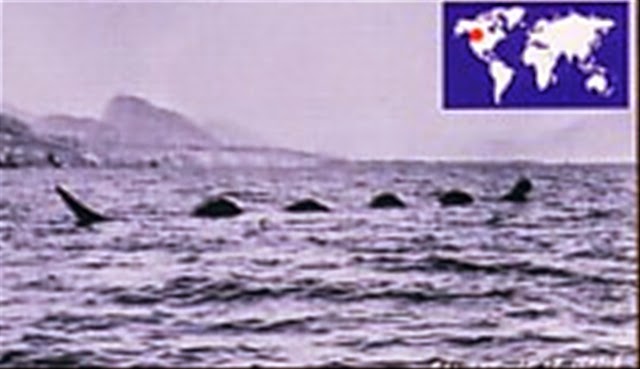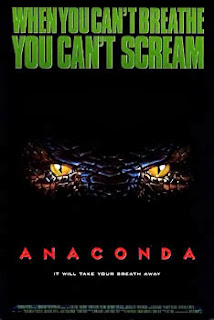Why? I've been through it myself a dozen times already?! I ran spell-check AND grammar-check! Why should I pay someone else to look through it before I send it out to agents or self-publish it?
Simply put, Professional Editors do it for a living. You probably don't. Let's look at a few more specific reasons.
1. You've already been through the manuscript over a dozen times yourself. When you're writing, you tend not to see some of the mistakes you make. Your mind knows what it meant to write and after reading through a few times, it starts to replace the wrong words with the words you meant. Spell-check usually won't catch these because the words aren't spelled wrong, they're just the wrong words. In addition to little grammatical details, you know your characters better than what is put on paper. Certain passages might make sense to you because you know a few extra details in your head, but you may have neglected to include those details in the script somewhere, making those passages confusing to the readers.
2. English is a complicated language, and nobody knows or agrees upon ALL the rules which govern it. The Oxford comma, for example. While generally accepted as a good idea, there are still a lot of people who argue about the necessity of it and choose not to use it in their works. While you're busy writing, it's doubtful you know all of the nuances and subtle rules of the language you're writing in. For a professional editor, however, it's their job to know as many of these tips and tricks as possible.
There are also different types of editing you can have done, each one offering something different to enhancing your work.
Developmental Editing: This goes through the basics of the manuscript, checking the plot, characterization, pacing, dialogue, and conflict. It makes sure the story as a whole actually works and is told properly.
Copy Editing: This is a step closer to publication. It looks at things like flow, basic fact-checking, timeline, and word choice.
Line Editing: The last level before Proofreading and publication. This looks at the words, the grammar, punctuation, and past/present/future tense issues. This is what makes sure you're using the English language properly and that your work isn't a strain to read.
You can see there is a lot going on in professional editing. Yet there seem to be a lot of books out there which fail miserably in these regards. You would think there would be no reason serious authors would choose to publish without this major step.
I've seen authors have the opinion that they can't get their work edited professionally for two main reasons.
1. They don't want anyone messing with their "voice".
- This can be an issue with some worse editors, but mostly, these authors have the opinion that their words should read as if they were speaking them. This is wrong. Spoken words have inflection, coupled with non-verbal signals which allow people to understand what you mean. Written words have nothing but the ink on the page to express themselves with. A lot of works written with worry about the author's "voice" are either expressly simple or extremely difficult to read. Sentences are short and don't use words more than six letters long, or sentences run on for entire paragraphs without comma's or periods, and many times are full of slang and words used improperly. Some people think this makes the work "raw" and more emotional. I'm sorry, it doesn't, and believing otherwise is simply an author being lazy and trying to take shortcuts.
2. Editing is too expensive.
- This may be true, but it's not an excuse. Editing is the difference between selling a few copies to friends and family and selling hundreds or even thousands of copies. If you just want a book with your name on it to show off to relatives visiting from out of state, by all means, save yourself the money. If you want to write professionally though and make money off of your writing, you only hurt yourself by skimping on editing. Bad writers with badly written books generally build up a reputation of that and their books get reviews saying so, making people avoid them. Even if you turn around further down the road and start putting out professional works, it takes time to change a reputation and that is time wasted that you're not making sales because you didn't want to pay out in the first place.
So, how important is proper, professional editing? Very. It generally means the difference between a best-seller and a bottom-of-the-bargain-barrel pile of recyclables. No one writer is good enough to play both author and editor of their own work. Even Stephen King needs an editor.
~ Shaun







.JPG)
